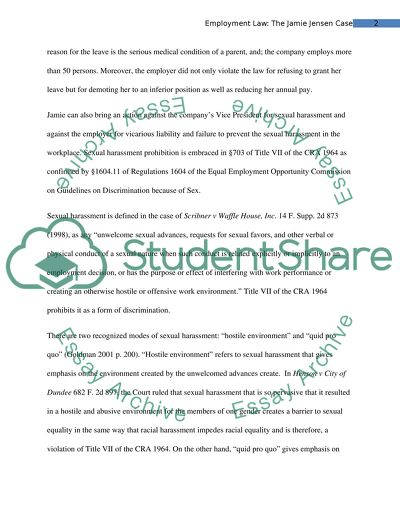Cite this document
(“Employment Law: The Jamie Jansen Case Study Example | Topics and Well Written Essays - 1500 words”, n.d.)
Retrieved from https://studentshare.org/geography/1410477-case-jami
Retrieved from https://studentshare.org/geography/1410477-case-jami
(Employment Law: The Jamie Jansen Case Study Example | Topics and Well Written Essays - 1500 Words)
https://studentshare.org/geography/1410477-case-jami.
https://studentshare.org/geography/1410477-case-jami.
“Employment Law: The Jamie Jansen Case Study Example | Topics and Well Written Essays - 1500 Words”, n.d. https://studentshare.org/geography/1410477-case-jami.


